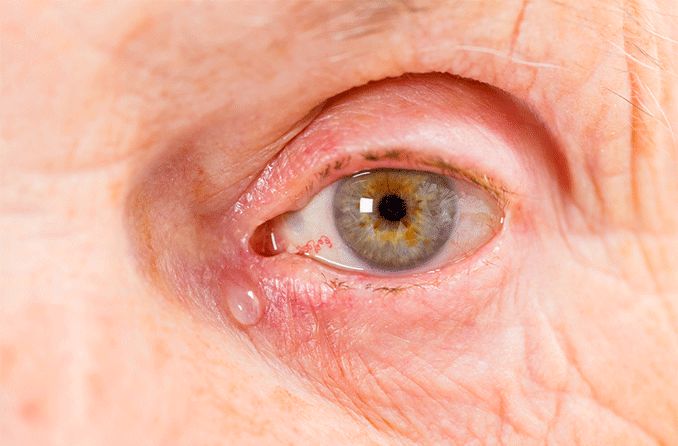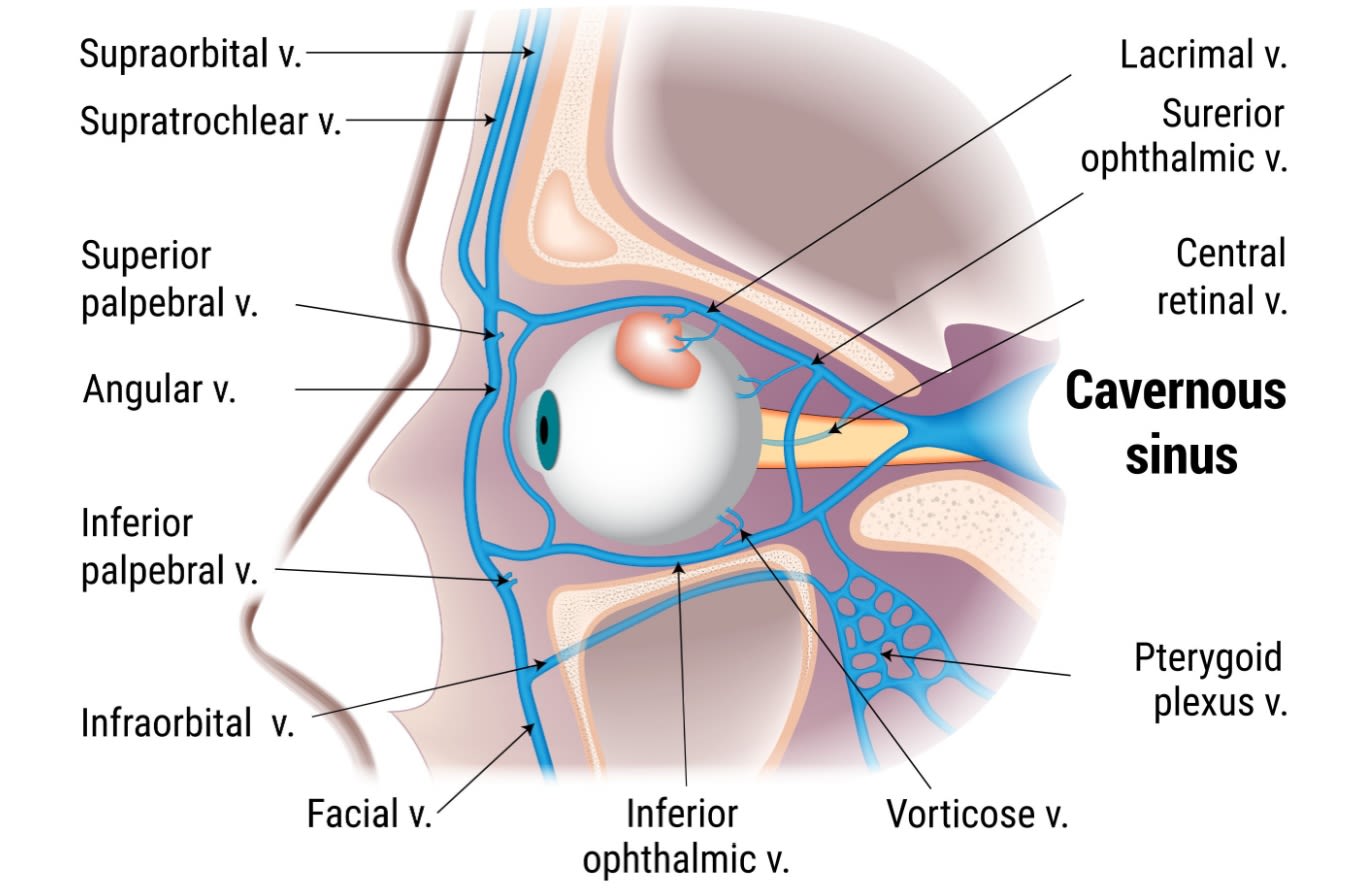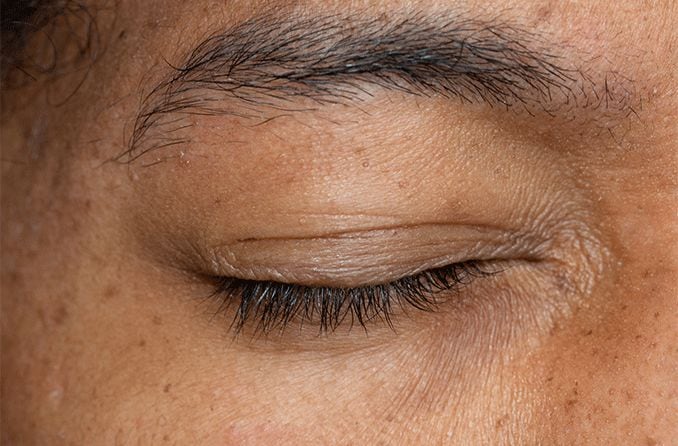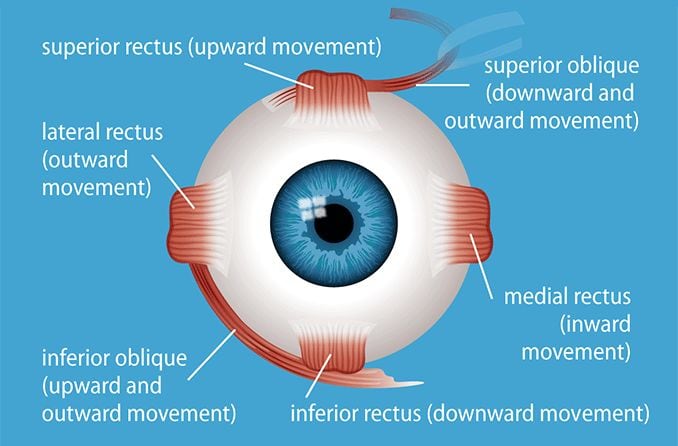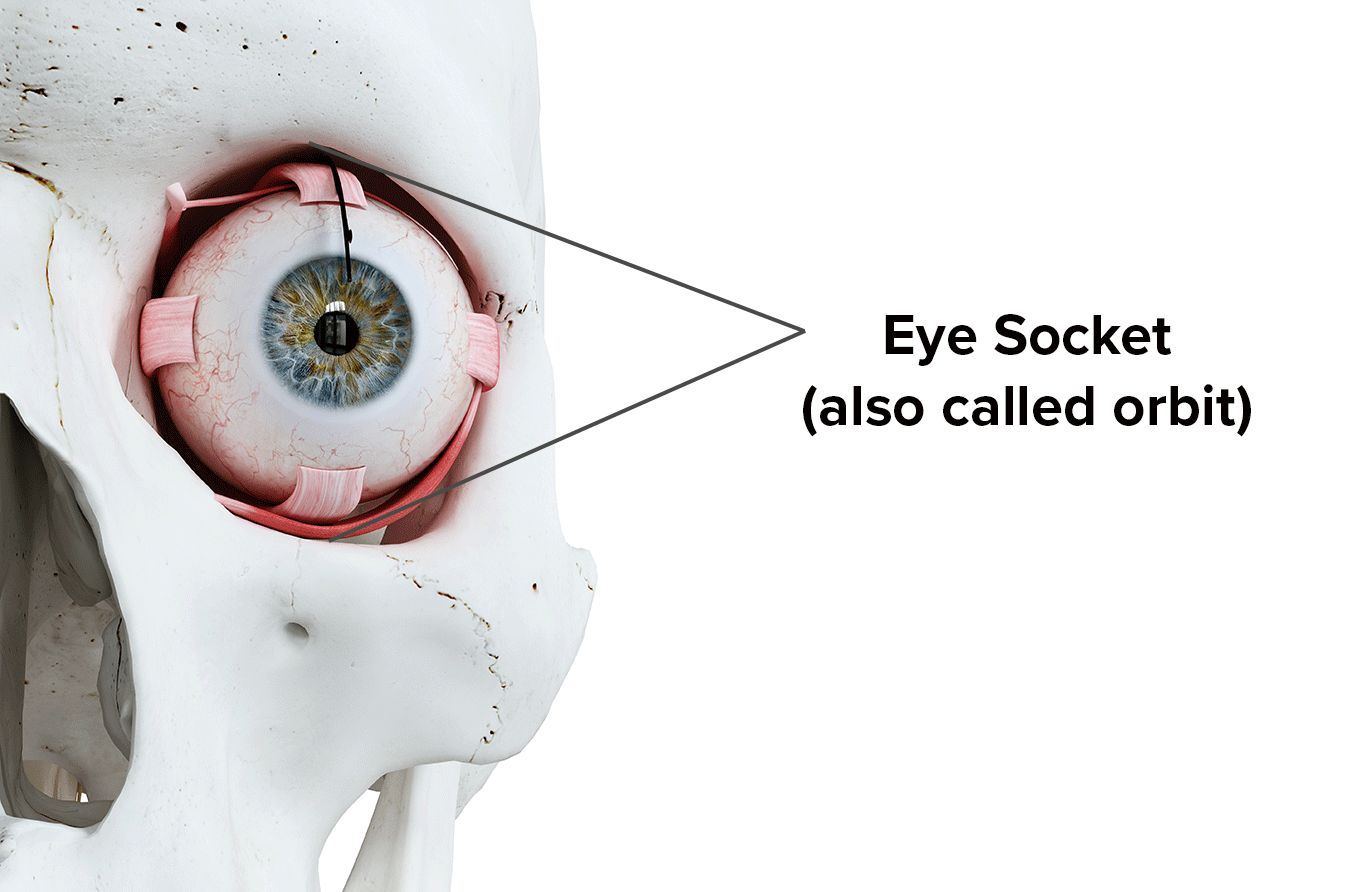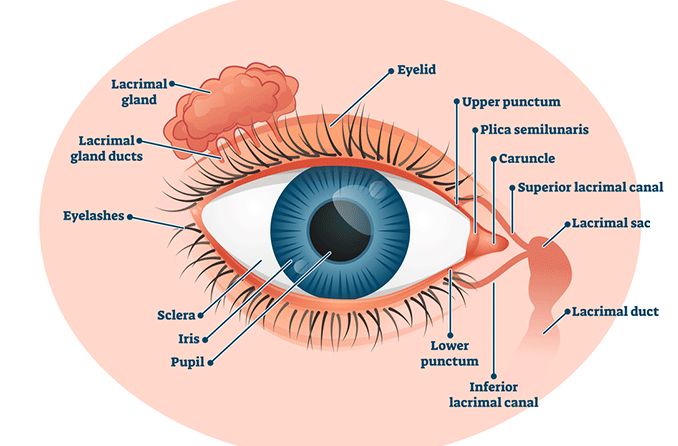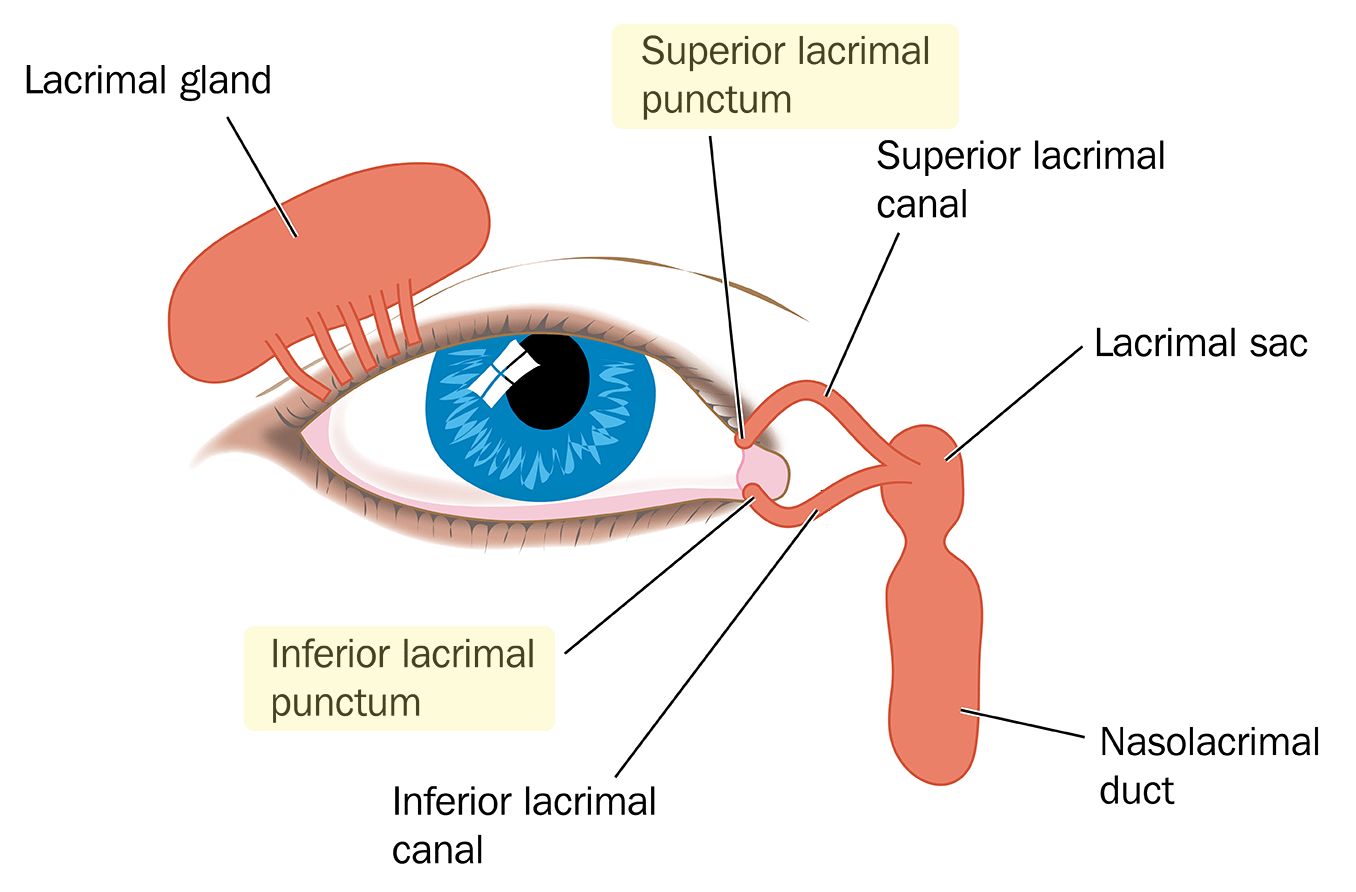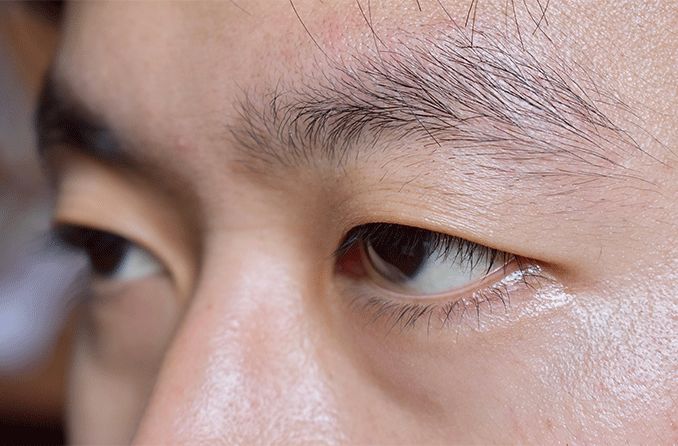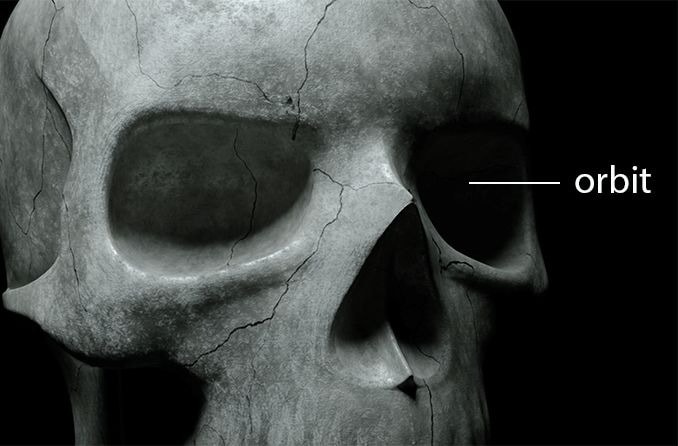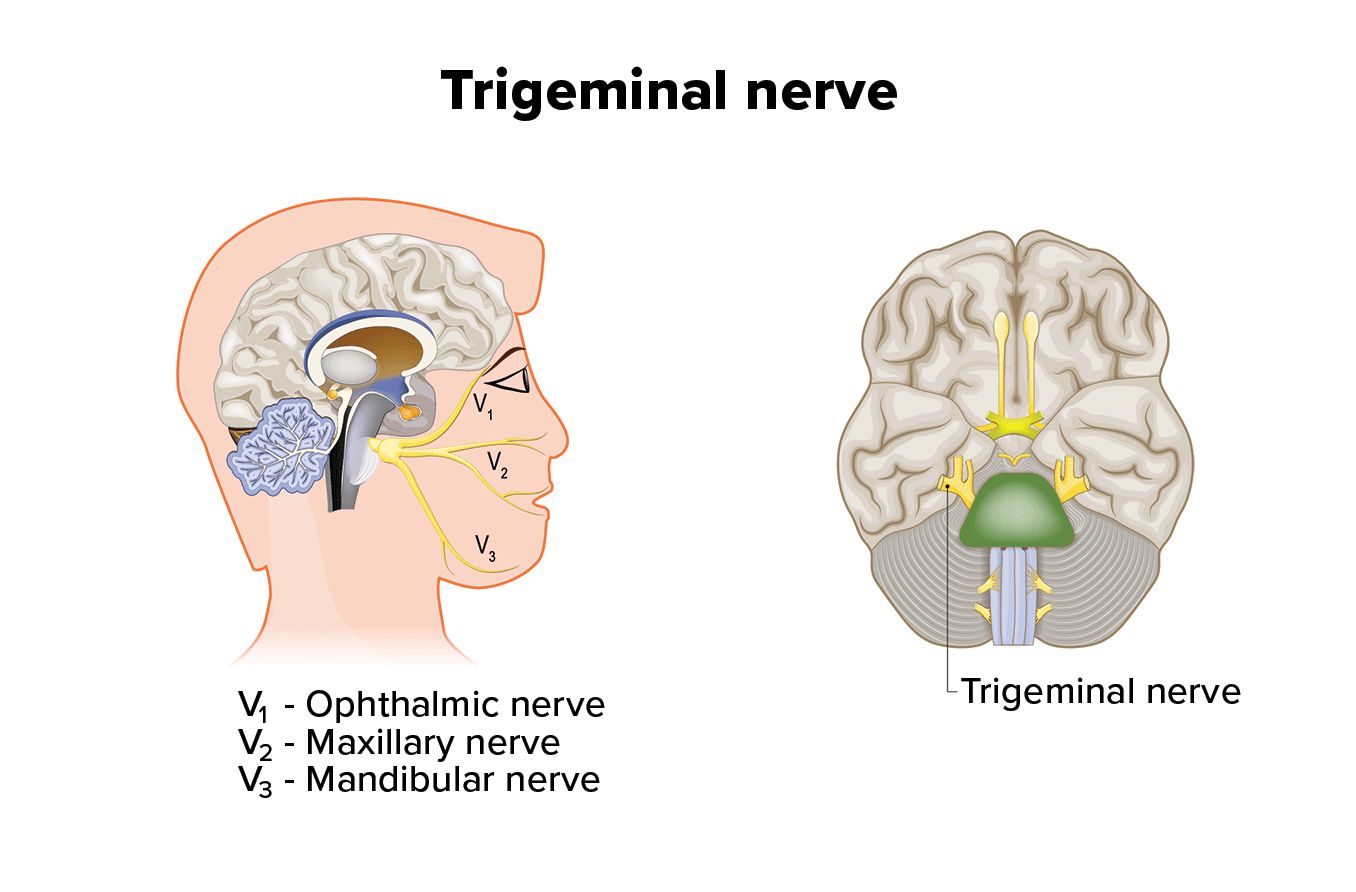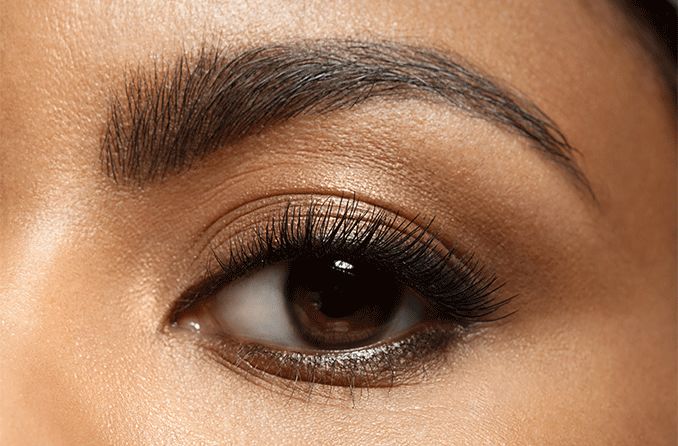Tear ducts, also called nasolacrimal ducts, are passageways that run along each side of the nose. These passages connect the eyes and nose, creating a channel through which your tears can drain.
While it may not seem complicated, the tear ducts play an important role for maintaining the health of your eyes. That’s why it’s a concern that they are prone to infections, blockages and other issues that can affect your eyes.
Tear duct anatomy
The nasolacrimal duct is located beside the nose and is considered the final step of the eye’s drainage system.
When you blink, your eyelids spread tears produced by the lacrimal glands across the eye. The tears are then swept into little drains, called puncta. There are lower and upper puncta — both of which are in the inner corner of the eye.
Tears flow through the puncta and into canals called the canaliculi (pronounced “can-uh-lick-you-lie”). Canaliculi then drain into the lacrimal (tear) sac beside the upper portion of the nose.
The lacrimal sac narrows into the nasolacrimal duct. From there, the tears drain through the nasal bone into the nose.
SEE RELATED: Punctal plugs for dry eyes
Tear duct function
The nasolacrimal duct functions by draining old tears from the eye into the nose. From there, the tears are reabsorbed, are wiped away with a tissue or drain into the throat to be swallowed.
Tears drained through the tear ducts include more than the ones that appear when we cry. The tear-producing glands in your eyes make different types of tears to satisfy different needs. Other types of tears lubricate the eye or wash away irritants.
The average amount of tears produced by humans ranges from 15 to 30 gallons each year — all of which have to drain through the tear ducts.
If the tear duct becomes clogged, tears won’t drain properly. This can create pain, swelling, inflammation and infection around the inner corners of the eyes.
SEE RELATED: Meibomian gland dysfunction (MGD): The cause of your dry eyes?
Conditions that affect the tear duct
Because the passageway of the nasolacrimal duct is so narrow, it is common for the duct to become blocked. Blockages that go untreated may become swollen and painful. The nasolacrimal duct may even become infected.
Blocked tear duct
A blocked tear duct occurs when the tear duct drainage system becomes obstructed. For example, the puncta sometimes narrow with age, which may cause a blockage. Other common causes are:
- Chronic sinus infections
- Eye infections such as conjunctivitis
- Injury to the nose
- Certain medications
It’s also possible for clogged tear ducts to be present at birth, a condition known as congenital blocked tear ducts.
Because the tears cannot drain properly, blocked tear ducts can cause the tears to back up, which may cause tear duct pain and epiphora (excessive tears).
Tears that cannot drain properly may spill out onto the face or become trapped and stagnant within the tear duct. This may cause a swollen, inflamed tear duct, which can be painful.
READ MORE: Punctum of the eye
Dacryocystitis
If left untreated, bacteria, fungi and viruses can develop within the stagnant tears and cause an infection. This is a condition called dacryocystitis.
Dacryocystitis may be acute or chronic. Acute dacryocystitis symptoms develop quickly and are severe, but can be treated with antibiotic ointment or pills. It will clear soon after treatment starts.
Chronic dacryocystitis has mild symptoms that develop slowly, yet may last for months. Steroid eye drops are often prescribed to treat chronic dacryocystitis. They work by reducing inflammation and swelling.
Tear duct surgery, known as dacryocystorhinostomy, may be suggested for some people who have chronic dacryocystitis. The doctor uses a laser to remove any blockages and bone parts that surround the tear duct. The result is a wider passageway that allows for proper tear drainage.
READ MORE: What are tears made of?
